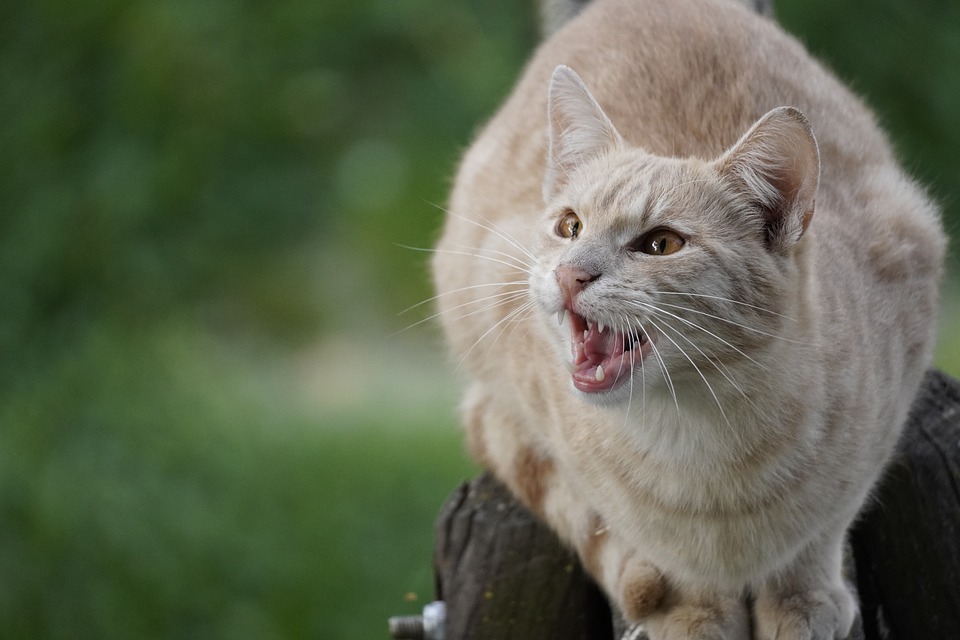Additionally, consider the size and height of the scratching surface, as well as the material and texture options that your cat may prefer. It’s important to provide multiple scratching options, especially in multi-cat households, to prevent competition and potential conflicts over scratching surfaces.
Once you have chosen the right scratching surface for your cat, it’s essential to encourage them to use it. The location of the scratching surface plays a crucial role in their acceptance of it. Place the scratching post or surface in an area where your cat spends a lot of time, such as near their favorite resting spot or by a window. You can also use positive reinforcement and rewards to encourage your cat to use the designated surface, such as treats or praise when they use it correctly.
If your cat continues to scratch inappropriate surfaces, there are deterrents you can use to discourage this behavior. These can include double-sided tape, aluminum foil, or a pet-friendly deterrent spray applied to the areas you want to protect. Regularly maintaining and caring for the scratching surface is also important. Trim your cat’s nails regularly to minimize damage and keep the surface clean and free of debris.
In the final section of this article, we address some frequently asked questions about cat scratching behavior. For example, if your cat continues to scratch furniture even with scratching posts available, it could be due to personal preferences. Cats have individual preferences for scratching surfaces, so experimenting with different options may be necessary.
Declawing is a painful and unnecessary procedure to prevent scratching damage. Instead, provide appropriate scratching surfaces and regularly trim your cat’s nails to minimize any potential damage. Redirecting your cat’s scratching behavior from inappropriate surfaces to designated ones can be done using positive reinforcement. Initially, place the scratching post or surface near the favored inappropriate areas and gradually move it to the desired location.
If your cat doesn’t seem interested in any scratching surfaces, try experimenting with different textures and materials. Some cats prefer sisal, while others may enjoy carpet or cardboard. You can also try using catnip or a pheromone spray to attract their interest.
Lastly, making your own DIY scratching post or surface is a cost-effective option. However, it’s important to use sturdy materials and provide adequate stability to prevent accidents.
In conclusion, providing proper scratching surfaces and posts for your cats is crucial for their well-being and overall happiness. By understanding their instinctual need to scratch, offering suitable options, and using positive reinforcement, you can protect your furniture and maintain a harmonious home environment. With patience and proper care, your cat will happily scratch away on their designated surfaces, leaving your furniture intact.








